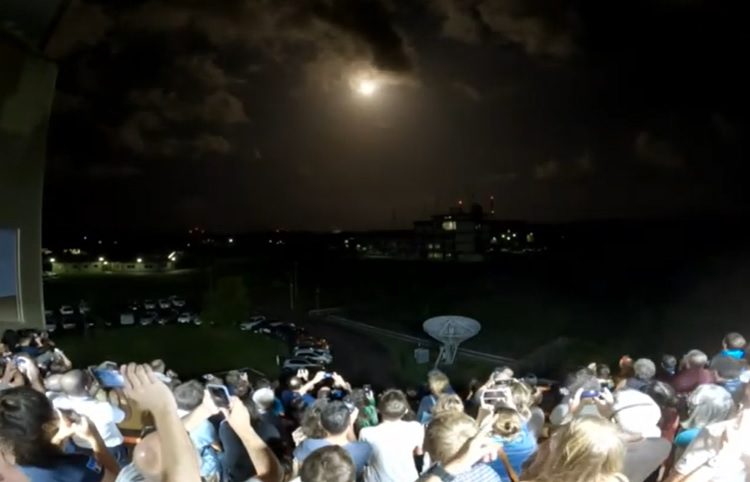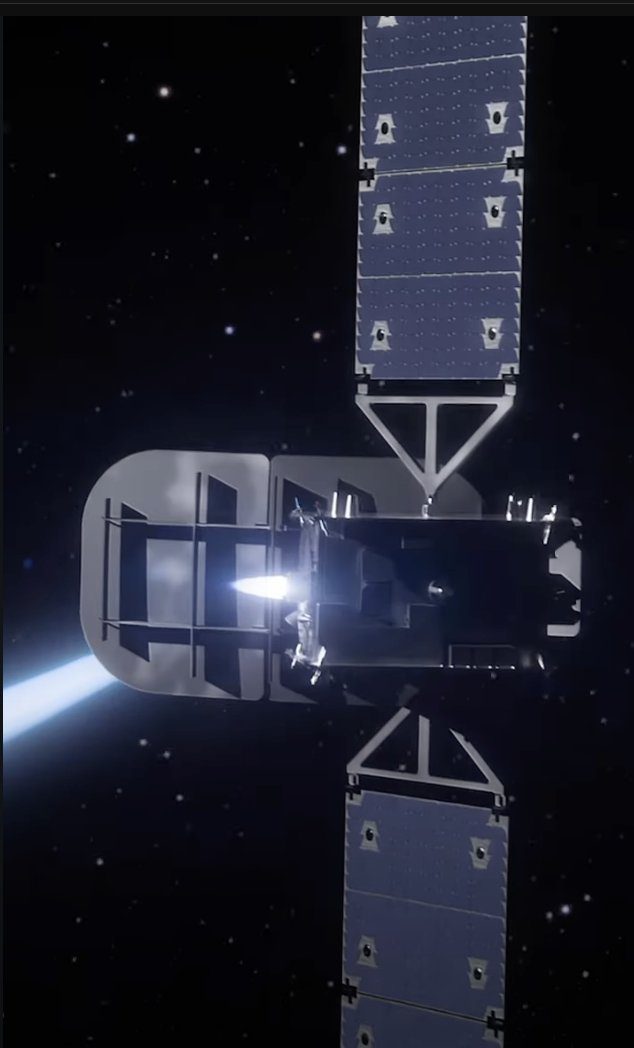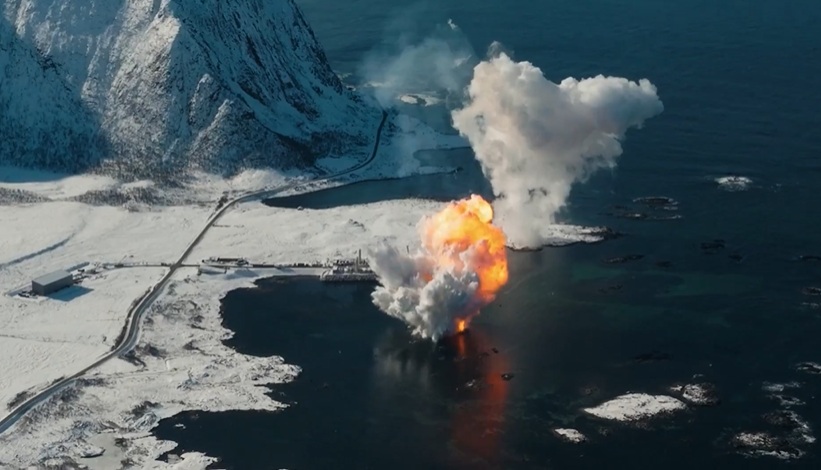Arianespace has released the findings of its investigation into the Vega-C launch failure (flight VV22) which lost two Airbus Defence and Space-built Pleiades satellites ( Pleiades Neo 5 and 6). The launch took place at 0147 GMT on 21 December 2022. The P120C first stage worked successfully and the Zefiro 50 solid rocket engine second stage ignited correctly. However at T+151s a progressive decrease in chamber pressure was observed. At T+207 seconds all pressure failed and hence the thrust fell to zero. The remaining assembly – including this stage, later stages and a pair of high resolution imaging satellites – Pleiades NEO 5 and 6 – reached an altitude of 110 km before range safety destroyed the vehicle with the debris falling about 950-1,000 km down range in the Atlantic Ocean. An insurance loss was incurred.

The crowd watches what was initially a successful launch of the Vega C carrying on its 2nd flight. Courtesy: Arianespace
The investigating committee found that the cause of the pressure decrease and hence the launch failure was the deterioration/widening of the Zefiro 40’s exhaust nozzle throat insert due to unexpectedly high thermo-mechanical erosion (over-erosion) of the Ukrainian-built carbon-carbon (C-C) insert resulting from a lack of homogeneity in the C-C material. This was not picked up by the material’s acceptance criteria. The Zefiro 40’s nozzle C-C material will now be produced by ArianeGroup. The next launch of the Vega-C will now be in late 2023.
Update on 14 March 2023: The State space agency of Ukraine were annoyed that the conclusion of the investigation implied a quality control issue in Ukraine noting the the throat components supplied by Yuzhnoye “were completely compliant with the requirements imposed.”







